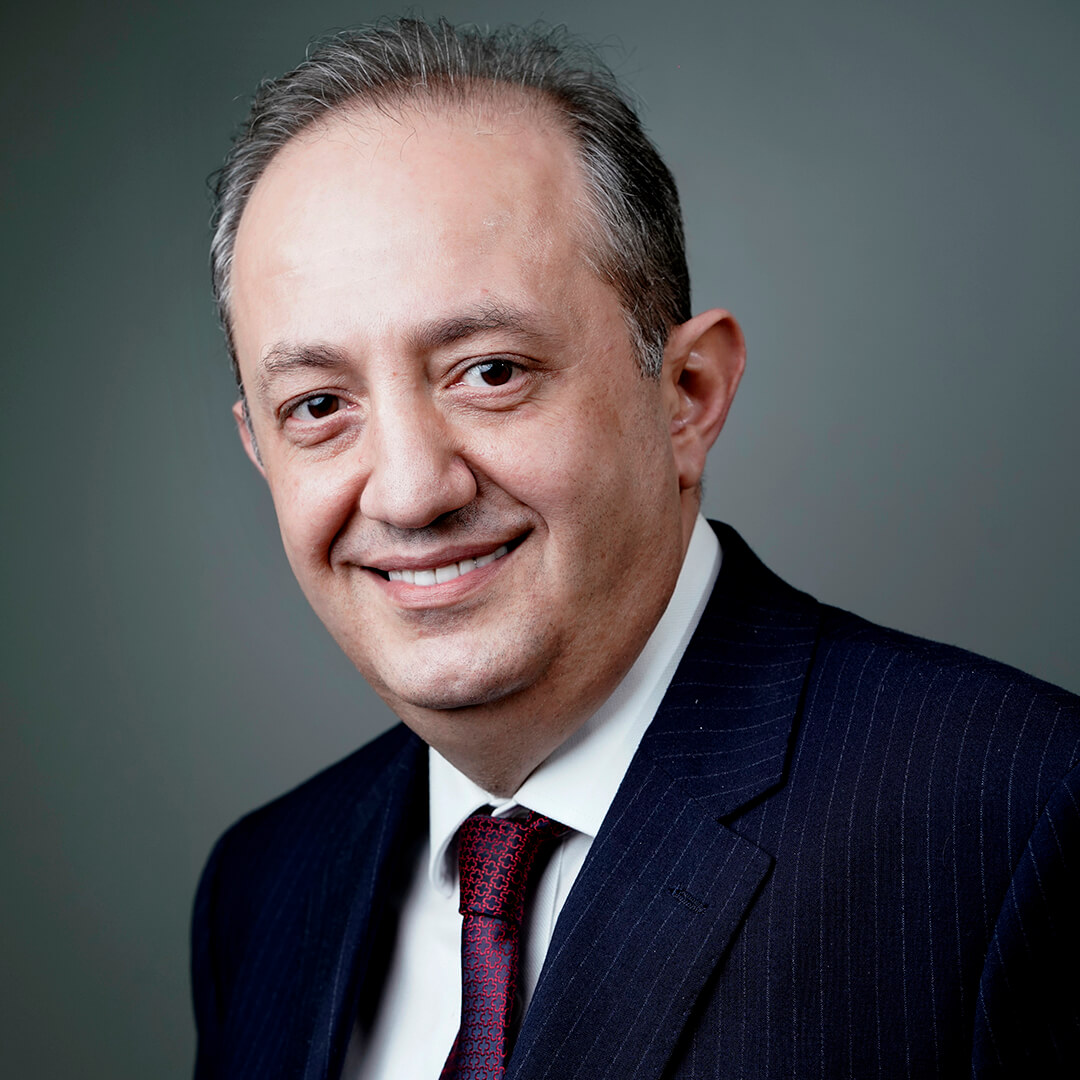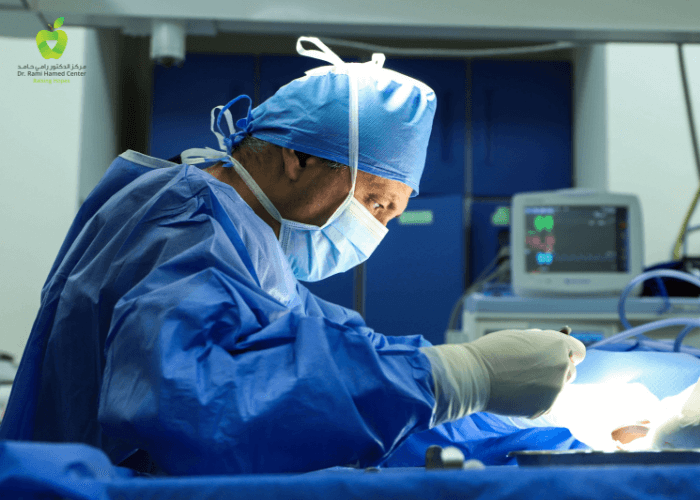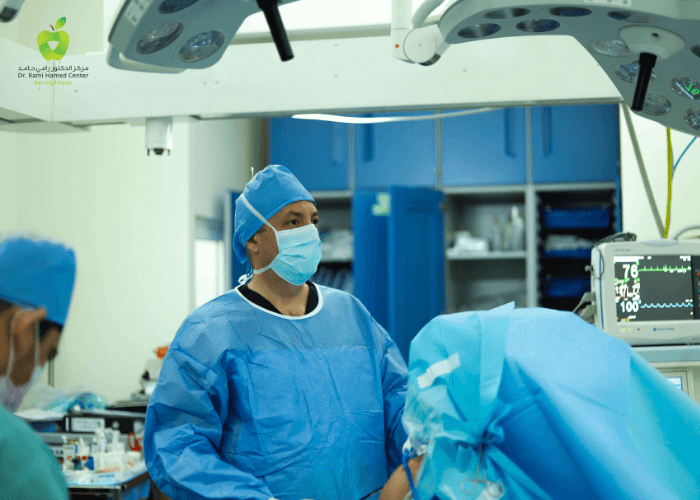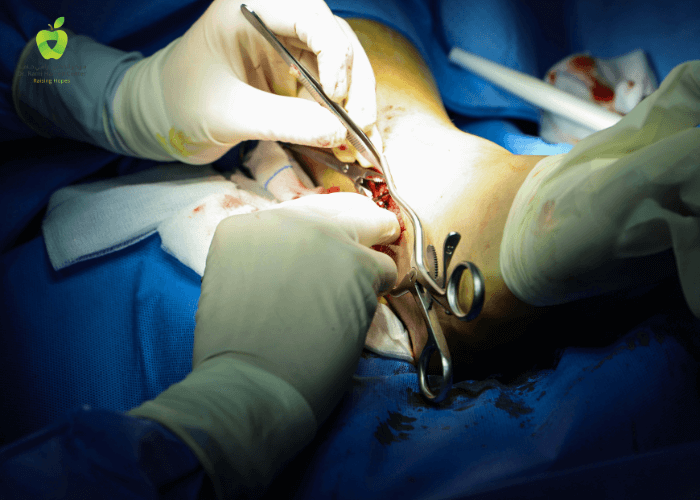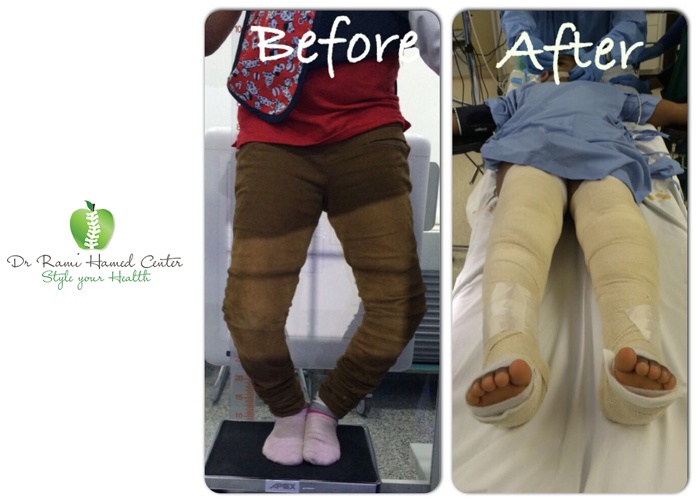Dupuytren’s Contracture at DRHC Dubai Hand & Wrist Clinic
Dupuytren’s contracture is a progressive condition that affects the connective tissue under the skin of the palm and fingers. As this tissue thickens and forms cords, one or more fingers may gradually bend inward toward the palm, restricting hand movement. This disorder develops slowly over time, but without intervention, it can impair everyday tasks such as writing, gripping objects, or shaking hands. Although the condition is not life-threatening, it can severely impact the quality of life if left untreated.
At DRHC Dubai, we specialize in the diagnosis and modern treatment of Dupuytren’s contracture through both surgical and non-surgical methods to help patients regain function and independence.
Who is at Risk for Dupuytren’s Contracture?
The following factors increase the likelihood of developing Dupuytren’s contracture:
- Genetics: Family history plays a significant role.
- Age and Gender: Men over 50 are at higher risk, and the condition is often more severe in men.
- Ethnicity: People of Northern European descent (e.g., Scandinavian populations) are more prone to this condition.
- Lifestyle Factors: Smoking and alcohol consumption are linked to increased risk.
- Medical Conditions: Diabetes, epilepsy, and certain medications are associated with the condition.
Symptoms of Dupuytren's Contracture
The signs of Dupuytren’s contracture often develop gradually and may vary in severity:
- Nodules on the Palm: Small, firm lumps under the skin, often painless in the beginning.
- Cords Forming Beneath the Skin: Rope-like structures may develop, limiting finger movement.
- Finger Contracture: The affected fingers (usually the ring and pinky) begin to curl inward toward the palm and cannot fully straighten.
- Loss of Dexterity: Everyday activities like gripping objects, typing, or opening jars become increasingly difficult.
How is Dupuytren’s Contracture Diagnosed?
- Clinical Examination
- Your doctor will examine the hand for lumps, cords, and bent fingers.
- A tabletop test may be performed, where you attempt to place your hand flat on a surface. If the hand cannot lie flat, contracture is present.
- Range of Motion Evaluation: The degree of finger stiffness and functional impairment will be assessed.
- Imaging (If Needed): In some cases, ultrasound or X-ray imaging may be used to evaluate the extent of tissue involvement or rule out other hand conditions like arthritis.
Treatment Options for Dupuytren’s Contracture at DRHC Dubai
1. Non-Surgical Treatments
If the contracture is mild or in its early stages, non-surgical interventions can be effective.
- Collagenase Injections (Xiaflex Treatment)
- How it Works: An enzyme called collagenase is injected into the cord to break it down.
- Outcome: After injection, the doctor will manipulate the finger to restore movement.
- Advantages: Minimally invasive, fast recovery, and can often be performed as an outpatient procedure.
- Needle Aponeurotomy (Percutaneous Needle Fasciotomy)
- Procedure: A fine needle is used to puncture and weaken the cords restricting the fingers.
- Recovery: This outpatient procedure offers quick recovery with minimal discomfort.
- Limitations: There is a chance of recurrence over time.
- Hand Therapy and Splinting
- Physical therapy exercises can improve flexibility and slow the progression of contracture.
- Custom splints may be used to keep the fingers extended, especially during sleep.
2. Surgical Treatments
When non-surgical options are not sufficient, or the contracture is severe, surgery may be recommended.
- Fasciotomy
- Procedure: The surgeon makes a small incision and cuts the contracted cord to release the tension and restore finger movement.
- Recovery: Faster recovery compared to more extensive surgeries.
- Fasciectomy (Partial or Total)
- Procedure: The affected connective tissue is surgically removed to prevent the recurrence of contracture.
- Indication: This is ideal for patients with more severe or recurrent cases.
- Recovery: Post-operative therapy ensures smooth recovery and helps regain full function.
- Dermofasciectomy with Skin Graft
- Procedure: Both the diseased fascia and overlying skin are removed, and a skin graft is used to cover the area.
- Benefits: This technique minimizes the chances of recurrence.
- Ideal for: Patients with aggressive, long-standing Dupuytren’s contracture.
Recovery and Post-treatment Care
At DRHC Dubai, we ensure a smooth recovery process with personalized rehabilitation plans:
- Physical Therapy: Hand exercises are essential to restore strength and flexibility.
- Pain Management: Medications and cold compresses are provided to relieve post-procedure discomfort.
- Follow-up Appointments: Regular follow-ups are scheduled to monitor progress and ensure long-term success.
- Splinting: A splint may be recommended post-surgery to maintain finger alignment and prevent recurrence.
Why Choose DRHC Dubai for Dupuytren’s Contracture Treatment?
- Expert Surgeons: Our team includes highly skilled orthopedic and hand surgeons experienced in both minimally invasive and advanced surgical techniques.
- State-of-the-Art Facilities: DRHC Dubai offers the latest treatments, including collagenase injections and precision surgery.
- Comprehensive Care: From diagnosis to rehabilitation, we provide tailored care for each patient’s needs.
- Patient-Centered Approach: We focus on improving hand function and quality of life with minimal disruption to your routine.
.png?width=281&height=59&name=bookanappointment%20(1).png)
If you are experiencing discomfort or mobility issues due to Dupuytren’s Contracture, contact DRHC Dubai today to schedule a consultation and explore the best treatment options. Call +97142798200 to Schedule Your Appointment Today.



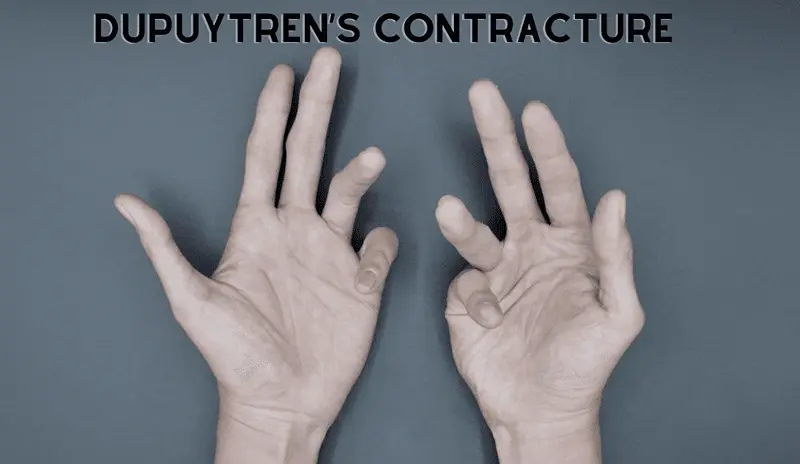
.png?width=281&height=59&name=bookanappointment%20(1).png)
